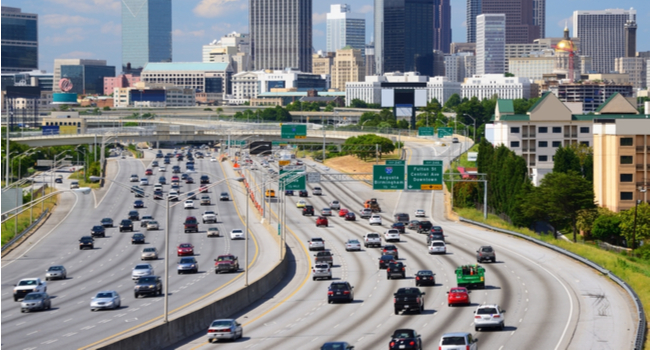
New Express Lanes in Georgia Could Cost Fulton Schools' Taxpayers $10 Million for Safety
Fulton County Schools Superintendent Mike Looney said the express lanes will increase noise and make schools more susceptible to a shooting. He is estimating that if the plans progress, it will cost taxpayers as much as $10 million to keep students safe.
- By Sherelle Black
- September 04, 2019
In an effort to help the commute of thousands in Fulton County, officials are planning to add 16 miles of tolled express lanes on Ga. 400.
However, the express lanes will be close to two schools, which, according to Fulton County Schools’ Superintendent Mike Looney, will cost taxpayers as much as $10 million to keep students safe.
Looney told the Atlanta Journal-Constitution that under some proposals the lanes would be less than 20 feet from school facilities.
In an Aug. 26 letter to Georgia Department of Transportation officials, Looney said the lanes leave the district with “very expensive steps that would need to take place in order to ensure a safe school environment.”
Looney also said in the letter he hopes state leaders will adjust the plan, and in the end, there is no good outcome to the situation.
“Students, their families and the neighboring community will end up being a ‘loser’ any way this progresses,” he said.
Looney told AJC he is concerned that shortening the distance between the road and the schools will increase noise and make the schools more susceptible to a shooting.
Tim Matthews, who is managing the project for GDOT, told the AJC that GDOT would never do anything to put children at risk.
Since the expansion of Ga. 400 is a state project, the school district cannot make final decisions; it can only provide feedback and suggestions.
About the Author
Sherelle Black is a Content Editor for the Infrastructure Solutions Group at 1105 Media.